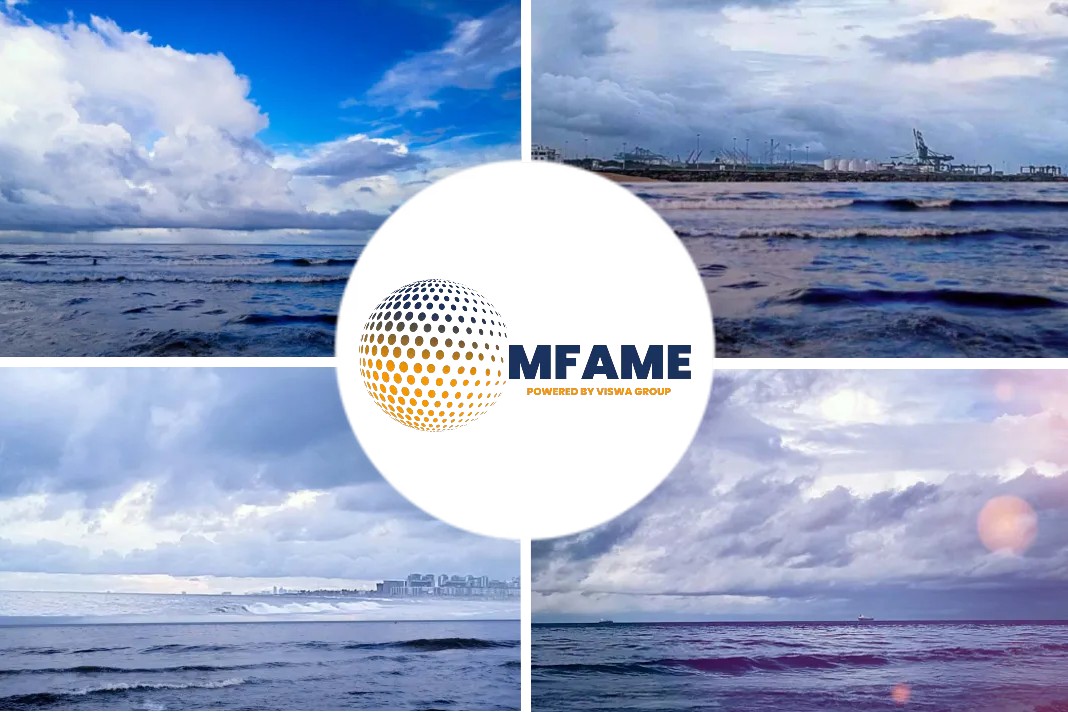- Rolls-Royce tests first autonomous ship which is a prototype autonomous cargo ships in the next 6 years.
- Partnering with Finland’s Fin Ferries, this project will witness autonomous cargo ships running of intellige automation software.
- The trial was done on the Falco vessel with cameras and sensors as part of the Ship intelligence technology kit
- The 400 hours trial with 80 VIP guests showed its collision avoidance technology in various conditions.
Self-driven autonomous ships are changing the way we think about water transportation, especially shipping. Recently, Rolls-Royce has announced that it would create autonomous cargo ships in coming six years. The company completed its recent test on autonomous ships, reports Tech Engage.
What is it?
Rolls- Royce has announced to move towards the autonomous ferries or cargo ships to carry goods and luggage on sea routes. These cargo ships will be remotely controlled through the intelligent automation software. The company partnered with Finland’s Fin ferries for the project. The partnership was done to test the first autonomous ferry in waters with real-world conditions applicable.
How was it done?
The first trial was ‘bear, the Finnish city’ and was conducted on the 53.8-meter long ferry named as Falco. The ferry was retrofitted with the Ship intelligence technology kit. This kit consisted of cameras and sensors that were placed around the ship to detect the motion in the water. The intelligent system is designed to take care of the motion as well as the docking procedures at the end of the journey.
How did it operate?
Around 80 VIP guests were on-board for the ship test. The ship used artificial intelligence and operated with an autonomous navigation system. The ship voyaged for a good 400 hours of sea trials. During the testing journey, the collision avoidance solution was tested for various conditions during several hours of operation.
Details of The Trials
The ship was tested in two phases. The first phase consisted of the autonomous drive trial of the ship whereas, in the second part, the ship was operated remotely by an operator in command who was 30 miles away from the ship. The operator in command guided the ship safely towards its home port. The entire journey was autonomous as it did not include even the slightest human interaction from staff on board.
What’s the company’s vision?
The President of Rolls-Royce, Mikael Makinen was extremely happy on the successful test of the ship and said in a press release:
“Today marks a huge step forward in the journey towards autonomous shipping and reaffirms exactly what we have been saying for several years, that autonomous shipping will happen,”
He further said,
“This is a very proud moment for all of us and marks our most significant milestone so far. Today’s demonstration proves that the autonomous ship is not just a concept, but something that will transform shipping as we know it.”
The president was positive that the autonomous shipping is no more a concept and it is the first step towards the transformation of the shipping as he had expected.
The Finferries’ CEO said:
“We are very proud that maritime history has been made on the Parainen-Nauvo-route once again. First with our world-renowned hybrid vessel Elektra and now Falco as the world’s first autonomous ferry. As a modern ship-owner, our main goal in this cooperation has been on increasing safety in marine traffic as this is beneficial for both the environment and our passengers. But we are also equally excited about how this demonstration opens the door to the new possibilities of autonomous shipping and safety.”
The Rolls-Royce has envisioned the autonomous ships and says that they would be functional by 2025, to change the future of sea transportation.
Did you subscribe for our daily newsletter?
It’s Free! Click here to Subscribe!
Source: Tech Engage

















